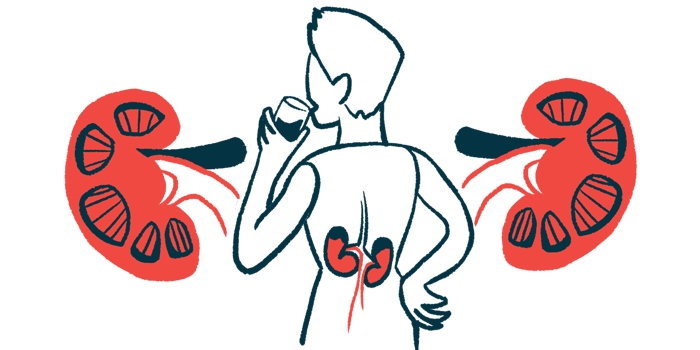New kidney health guidance on impact and management of potassium and phosphorus additives released


The American Society of Nephrology (ASN) today released its latest Kidney Health Guidance (KHG) addressing how potassium and phosphorus additives impact health risks (hyperkalemia and CKD-mineral and bone disorder) for people with kidney disease. The guidance, now available in the Journal of the American Society of Nephrology, was developed by the ASN KHG Workgroup on Food Additives to provide kidney care professionals with practical strategies to help patients understand and manage the consumption of potassium and phosphorus additives.
Diet and nutrition management is a cornerstone of preventing and managing kidney disease. However, traditional nutrition management recommendations, particularly for food rich in potassium and phosphorus, often relied on overly restrictive messages.
As the new KHG notes, this approach “left individuals with CKD [chronic kidney disease] feeling like there is ‘nothing left to eat’…leading to dietary patterns that conflict with general healthy eating patterns.”
This recognition prompted the development of evolved strategies that underscore the significant contribution of food additives, specifically potassium and phosphorus additives, in kidney disease management.
“Helping people with kidney disease become not only aware but better equipped to manage their nutrition is a vital and complex undertaking,” said Annabel Biruete, Ph.D., RD, FASN, ASN KHG Workgroup on Food Additives.
“We focused this Kidney Health Guidance on potassium and phosphorus additives because they are ubiquitous yet often hidden in the food supply, and their impact on the health of people with kidney disease may become more acute as kidney disease progresses. We also recognize the inherent challenge of addressing the individual, family, community, and policy barriers that often govern food access.”
The KHG Workgroup found that phosphorus additives offer no health benefits to patients with CKD and recommends all patients avoid these food additives. Unlike the effects of hyperkalemia, which are typically intermittent, the effects of hyperphosphatemia are continuous and slow to develop. The KHG also notes that there are very likely risks of excessive phosphorus intake even without overt hyperphosphatemia.
As opposed to the universally detrimental effects of phosphorus additives, potassium additives are potentially beneficial in many patients, and hence, interventions to restrict (or not) their intake need to be individualized based on a patient’s risk of hyperkalemia. Food labeling requirements compound the challenge of managing both potassium and phosphorus intake.
For kidney care professionals working to help patients better manage their intake of potassium and phosphorus additives, awareness and access are paramount. The KHG cites the significant disconnect between the widespread use of additives in the food supply and the information available through nutrient databases, food labels, and regulatory frameworks as an impediment to patients and health care professionals seeking to make informed food choices. Furthermore, access to healthy food options and social support frameworks are imperative to any long-term dietary strategy.
As a result, the KHG outlines a highly individualized approach to managing hyperkalemia and CKD-mineral and bone disorder risks associated with food additive consumption that factors patients’ medical conditions, their level of motivation and health literacy, and their access to relevant resources.
The new guidance also identifies key areas of opportunity to enhance the understanding of how potassium and phosphorus additives impact patients with CKD, particularly their role in increasing the risk of hyperkalemia and CKD-mineral and bone disorder. These include further research into the efficacy of dietary intervention strategies and studying the safety, bioavailability, and impact of potassium and phosphorus food additives.
More information:
ASN Kidney Health Guidance on Potassium and Phosphorus Food Additives, Journal of the American Society of Nephrology, (2025). DOI: 10.1681/ASN.0000000873.
American Society of Nephrology
Citation:
New kidney health guidance on impact and management of potassium and phosphorus additives released (2025, September 18)
retrieved 20 September 2025
from
This document is subject to copyright. Apart from any fair dealing for the purpose of private study or research, no
part may be reproduced without the written permission. The content is provided for information purposes only.
link







